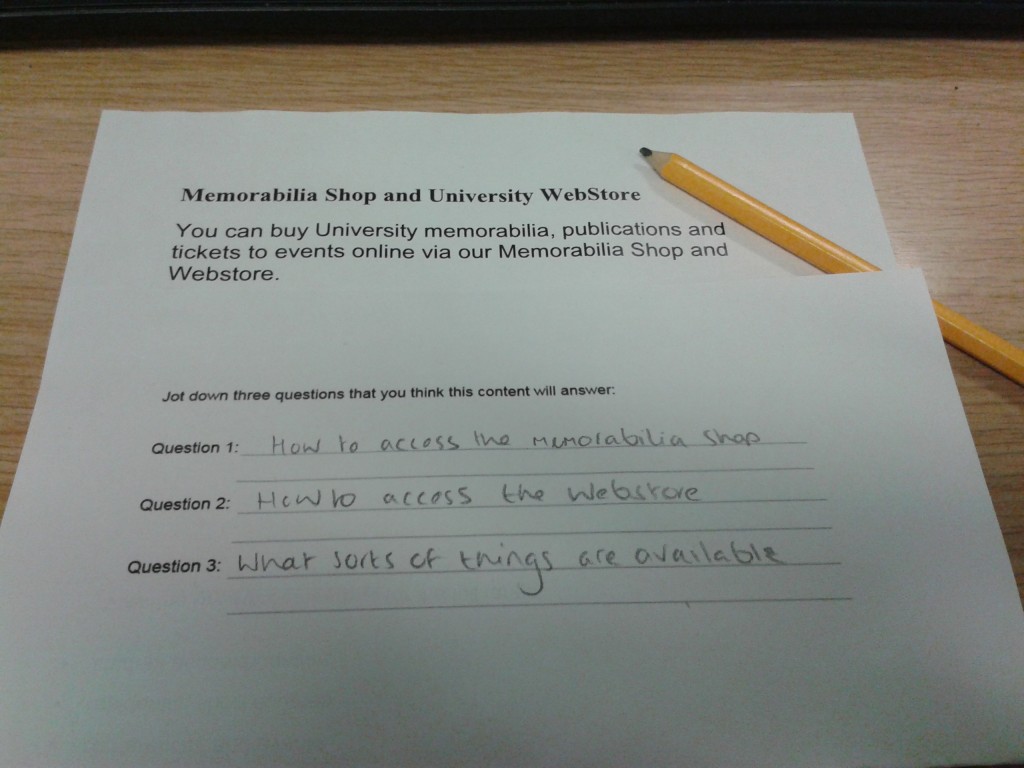Go Mobile programme
Batches 3 and 4
The team is well into Batch 3 of the Go Mobile programme. We’re planning for the go live of sites on 29 July!
Fen has been busy working on the School of Mathematics and Statistics website. It is now in T4 and is being edited.
Andrew has been building a new site in T4 to showcase the work of our CardioVascular Research Centre.
He’s also been redeveloping the Institute of Cellular Medicine’s website. The focus is on restructuring their research pages.
Emily is working with the Northern Institute for Cancer Research to get their content ready. She is also working on the School of Chemical Engineering and Advanced Materials website. They are currently in the pre-migration template – ready to move into T4 next week.
Emma has been working with the Business School to get their site on track to go live in this batch.
Lisa has the Chemistry site audited and in its pre-migration phase.
We’re already planning for batch 4 too. It never stops!
Site reviews
We’re planning to return to sites that have been through the Go Mobile programme. We’re aiming to review around six months after launch. We’ll be looking at:
- site performance
- broken links and spelling errors
- last updates
- whether it meets content standards
Fen has started a review of the Research website. Andrew has also reviewed the Institute for Sustainability’s website. We’ll be reporting back in due course on further site reviews.
Design and Technical developments
The tech team are working on requirements for Batch 3 and 4 sites.
There’s been a lot of work on the Clearing campaign particularly around analytics. This has been keeping them out of mischief!
Training and support
We ran a successful web community event on Monday, which got together around 10 web editors – new and old!
We covered:
- where we’re at with Go Mobile
- a show and tell (new features in T4)
- a World Café – an open forum for feedback on T4
We’ll be writing a further blog post on this soon.
Anne delivered T4 CMS Basics training. Jane and Fen delivered our Planning and Writing Web Content workshop.
We’ve received 43 support requests through the NU Service Helpdesk and have resolved 18 of them.
Plans for the next few weeks
Our focus for the next few weeks is finishing off Batch 3 and preparing for Batch 4!


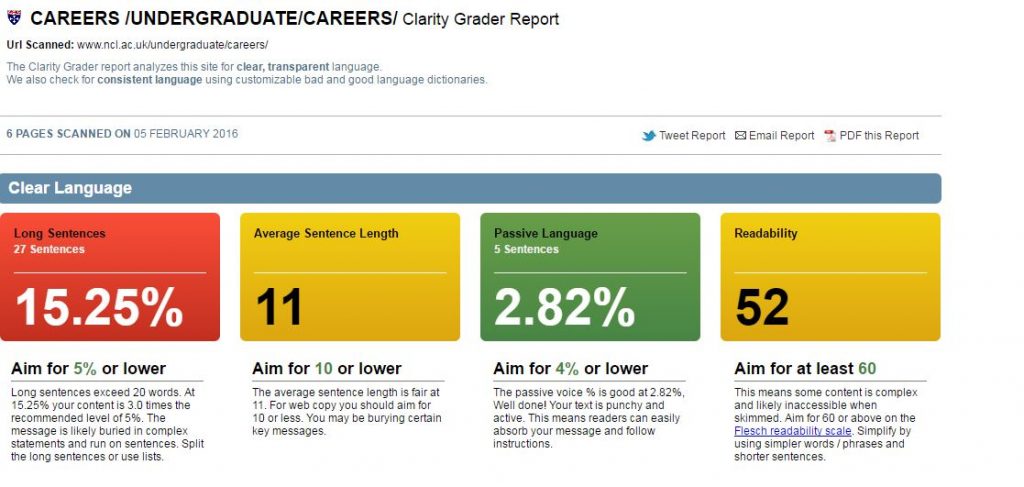
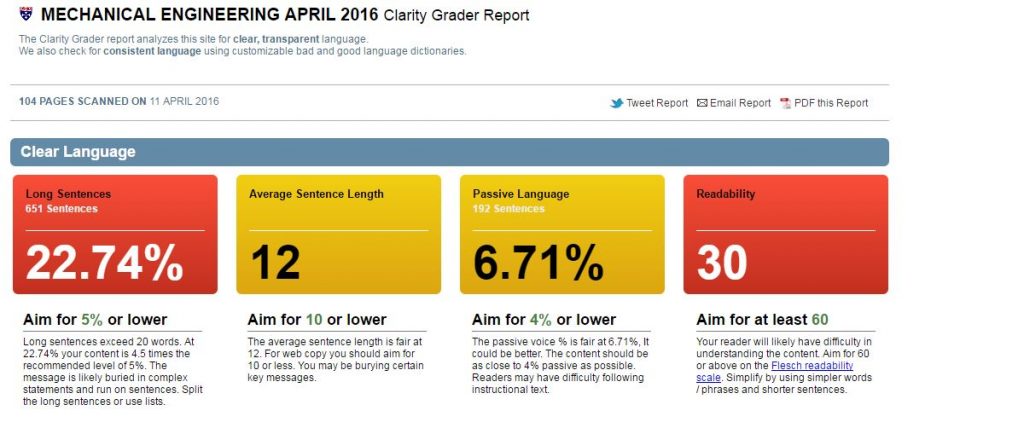
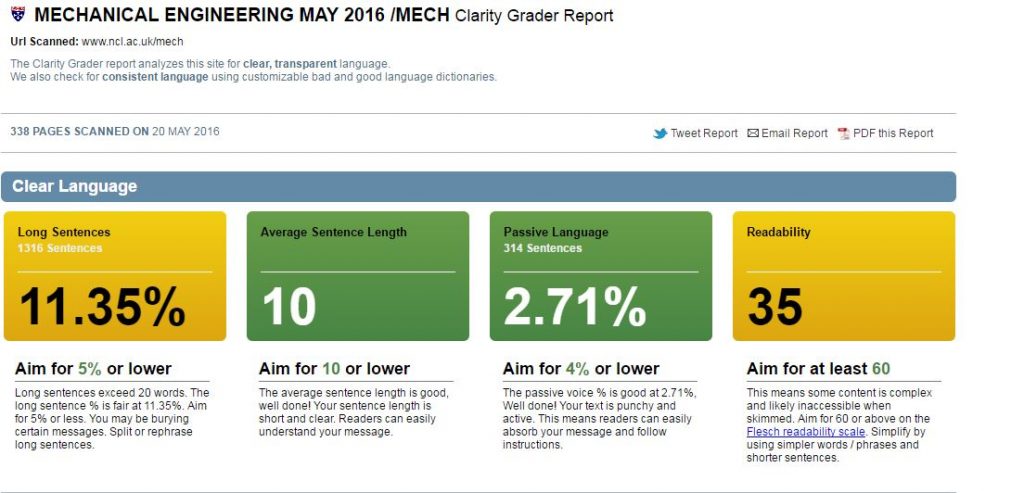
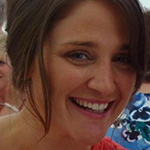 Anna Jenner is a Student Recruitment Officer in the Student Recruitment Team.
Anna Jenner is a Student Recruitment Officer in the Student Recruitment Team.
